Salt, one of the oldest and most essential minerals known to humanity, plays a crucial role not only in the kitchen but also in various industries ranging from chemicals to de-icing, water treatment, and pharmaceuticals. While nearly every country produces or consumes salt to some degree, a few stand out due to their sheer scale of production. This article explores the global salt production landscape and identifies the country that holds the title of the largest salt producer in the world—along with the reasons behind its dominance, the methods used, and the global implications of its output.
Global Overview of Salt Production
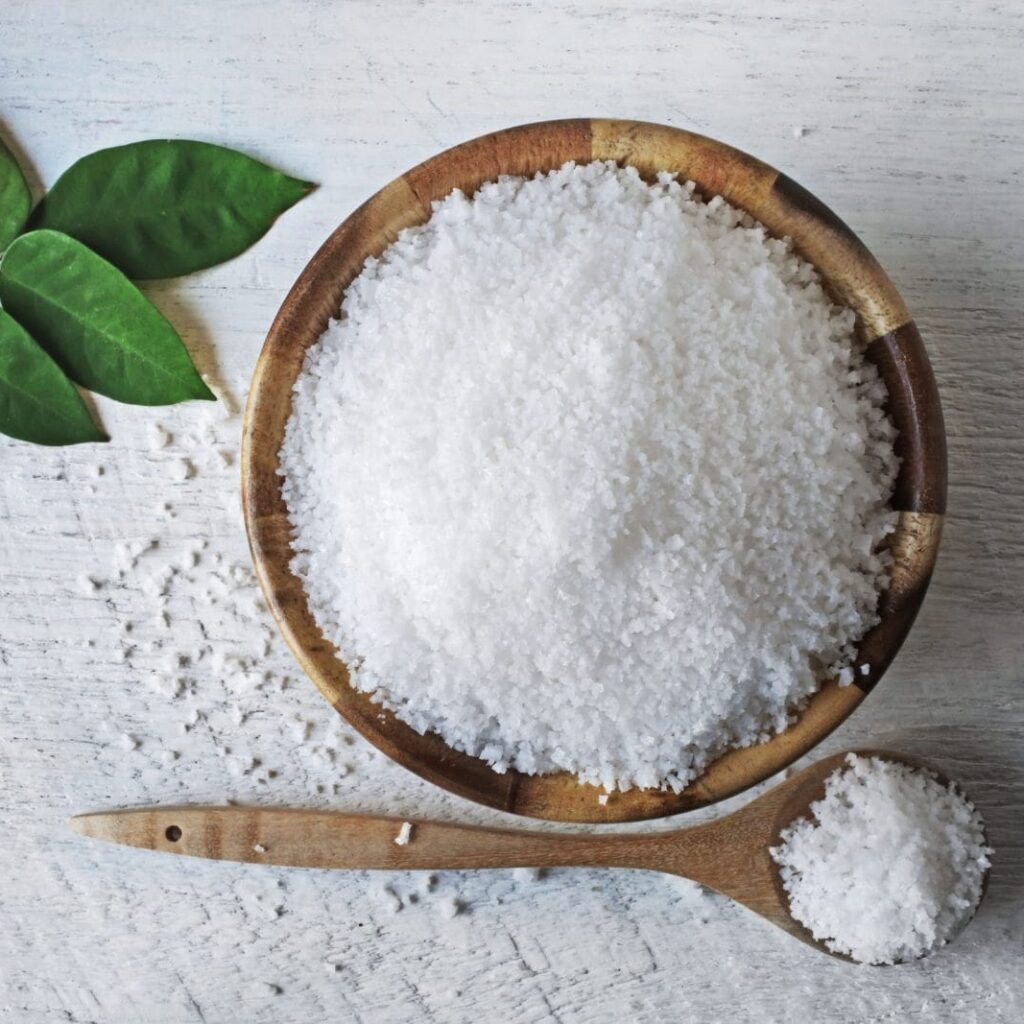
Salt (sodium chloride) is extracted primarily through three methods:
- Rock Salt Mining – Extracted from underground salt deposits.
- Solar Evaporation – Sea or lake water is evaporated in shallow ponds using sunlight.
- Vacuum Evaporation – Used for highly refined salts and industrial purposes.
According to the United States Geological Survey (USGS), global salt production has remained relatively steady over the past decade, with minor fluctuations driven by demand, climate conditions, and industrial output. The total global production exceeds 270 million metric tons per year.
Top Salt-Producing Countries in the World (Recent Data)
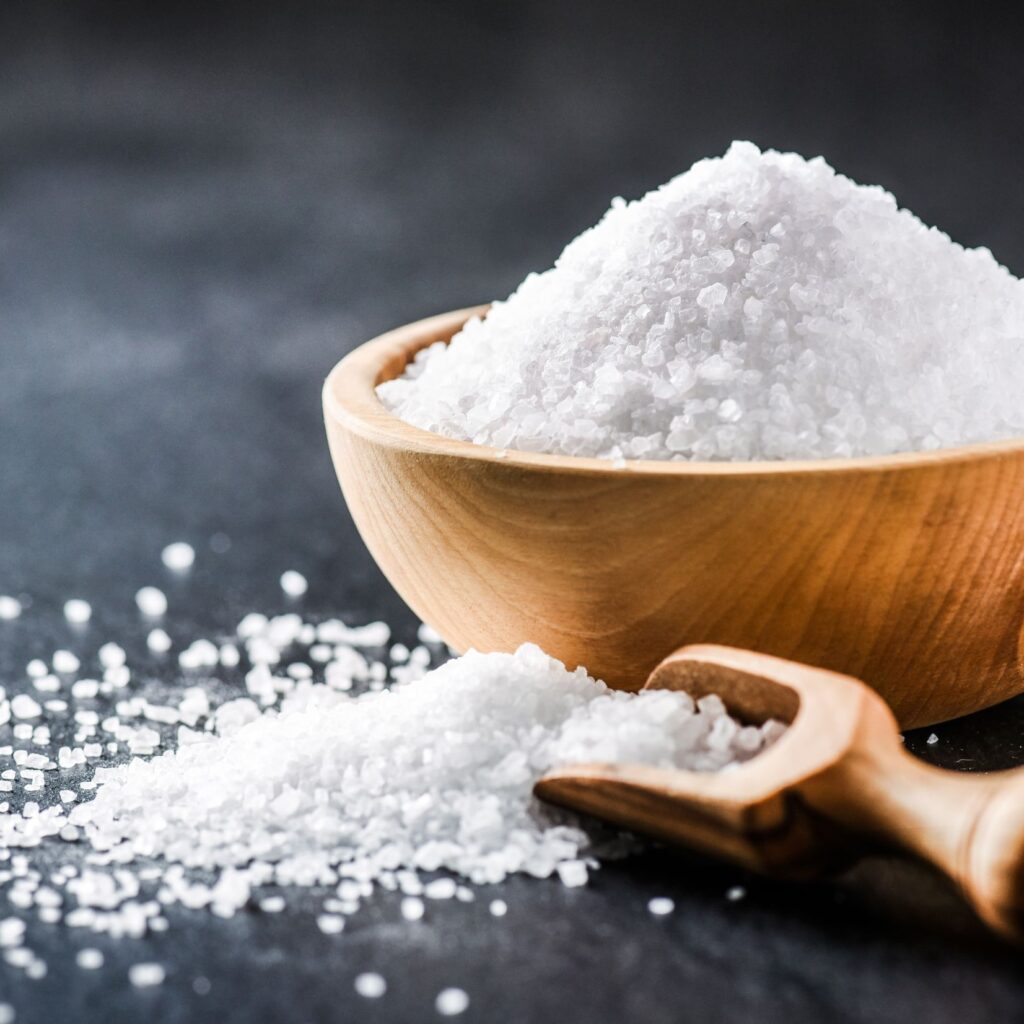
As per the latest available data, the top five salt-producing nations are:
- China
- United States
- India
- Germany
- Australia
Among these, China holds the dominant position.
China: The World’s Leading Salt Producer
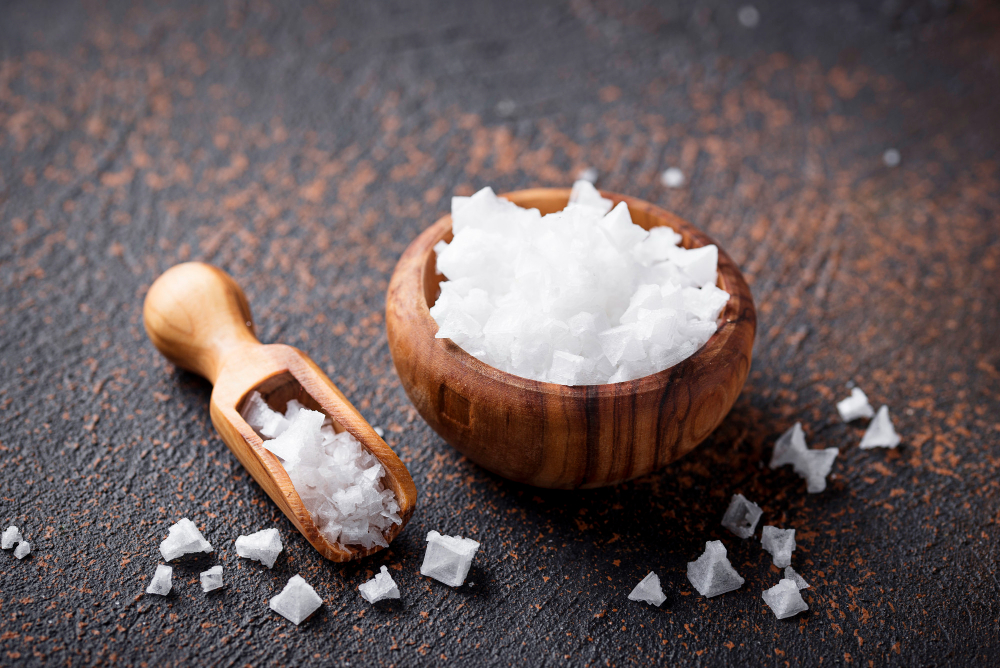
1. Salt Production Volume
China has consistently ranked as the largest salt producer globally, with an annual output exceeding 60 million metric tons. This figure represents over 22% of the total global salt production.
2. Geographical Advantage
China benefits from a diverse geography that supports all three major salt production methods:
- Coastal regions like Shandong and Jiangsu specialize in solar evaporation using seawater.
- Inland salt lakes, such as those in Qinghai Province, support large-scale lake salt harvesting.
- Mining operations in areas like Sichuan and Hubei yield massive quantities of rock salt from underground deposits.
This geographic diversity enables China to produce salt all year round, in various forms, and at competitive costs.
Why China Leads in Salt Production
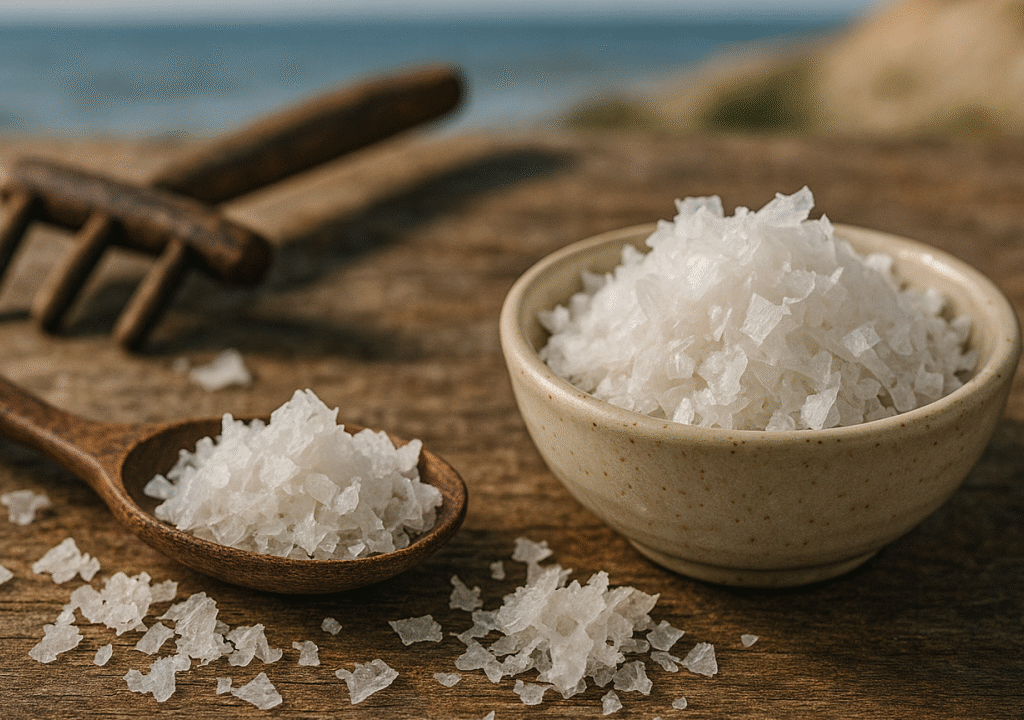
1. Strong Domestic Demand
China’s vast population and industrial base create enormous domestic demand for salt. Beyond culinary use, salt is a critical raw material in:
- The chemical industry (e.g., chlorine and caustic soda)
- Pharmaceuticals
- Textiles
- Oil and gas drilling
- Food processing and preservation
This strong internal demand ensures consistent production and investment in the salt industry.
2. Government Regulation and Efficiency
Historically, China maintained a state monopoly on salt production, trade, and pricing. While these controls have eased since 2016, the legacy of state oversight contributed to high levels of organization, regulation, and infrastructure. This efficient supply chain helped the country scale production and meet both domestic and international demand.
3. Export Capacity
Though China consumes the bulk of its salt domestically, it also exports large volumes, especially to Southeast Asian and African markets. Chinese salt is known for its competitive pricing and reliability.
The United States: A Close Second
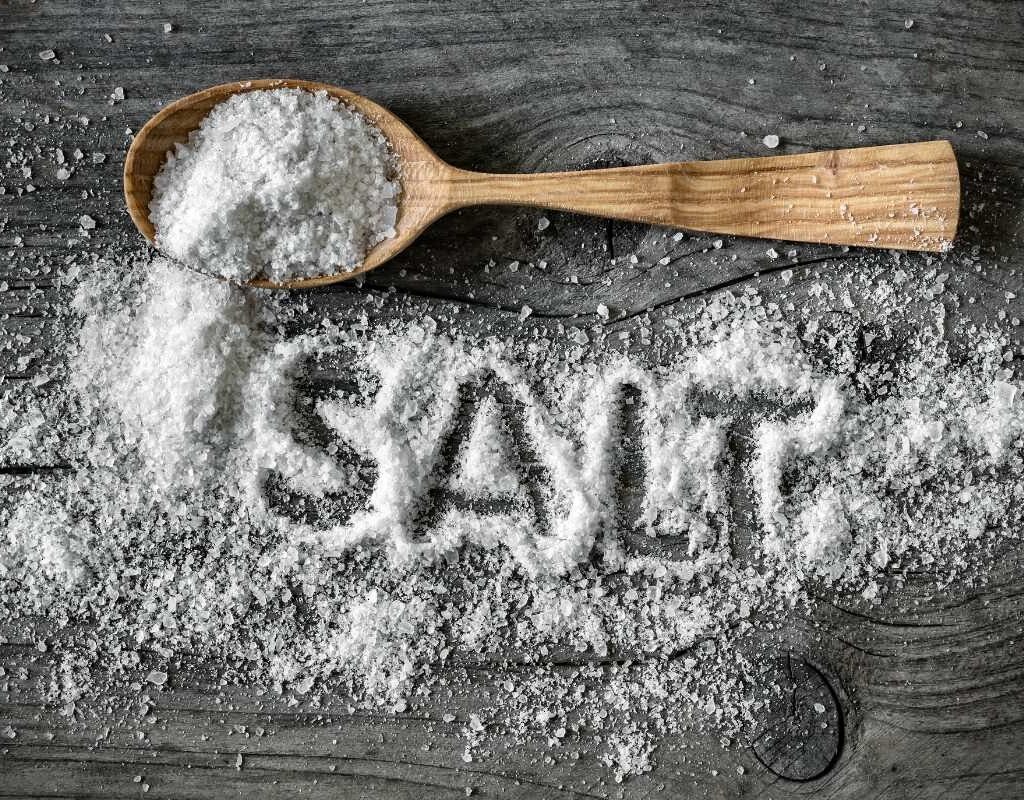
The United States ranks just behind China, producing around 42 million metric tons annually. The U.S. boasts some of the world’s largest rock salt mines, such as the Goderich Mine in Ontario (Canada) and the Avery Island Mine in Louisiana. Salt from the U.S. is primarily used for:
- Road de-icing (especially in northern states)
- Industrial applications
- Food-grade salt
Although the U.S. has the infrastructure to challenge China, its focus on road salt and seasonal factors limit its year-round dominance.
India: Rising Through Solar Evaporation
India, with an output of over 30 million metric tons, ranks third. Most of India’s salt is produced through solar evaporation in arid coastal areas like Gujarat and Tamil Nadu. In fact, Gujarat alone contributes about 70% of India’s salt production.
India is a significant exporter of salt, particularly to the Middle East and Africa, and benefits from:
- Low labor costs
- High solar exposure
- Proximity to sea
However, India’s reliance on weather-dependent production limits its ability to match China’s volume.
Germany and Australia: Specialized Producers
- Germany focuses on rock salt mining and exports heavily to Europe.
- Australia produces salt mainly through solar evaporation and exports a large portion to Asia-Pacific markets.
Although these countries have advanced technology and efficient operations, their output is considerably smaller than China’s.
Salt’s Industrial Significance
Understanding China’s dominance in salt production requires recognition of salt’s industrial value. Nearly 60% of global salt output goes toward industrial purposes, especially:
- Chlor-alkali production (chlorine and sodium hydroxide)
- Water softening
- Agricultural uses (animal feed and supplements)
China’s large chemical and manufacturing industries absorb massive quantities of salt, making domestic production not only economical but essential.
Environmental and Sustainability Considerations
With great production comes environmental responsibility. Salt mining and evaporation can have environmental impacts, such as:
- Land degradation
- Brine discharge into ecosystems
- Energy consumption (especially in evaporation)
China has been investing in greener technologies, improved brine recycling, and more sustainable salt ponds to reduce the environmental footprint. Nonetheless, balancing industrial scale with sustainability remains an ongoing challenge.
Conclusion: China Leads the Way
To answer the central question: China is the largest salt producer in the world, and its position is unlikely to be challenged in the near future. Thanks to its:
- Vast natural resources
- Diverse production methods
- Huge domestic demand
- Strong infrastructure
China dominates the global salt landscape.
However, as industries evolve and sustainability becomes more pressing, innovation in production techniques and environmental responsibility will shape the future of salt production worldwide. Countries like India and the United States are also ramping up capabilities, but for now, China holds the undisputed crown.
Key Takeaways
- China produces over 60 million metric tons of salt annually.
- Its leadership is driven by geography, industrial demand, and production efficiency.
- Salt is essential not just for food, but also for major industries like chemicals, oil, and pharmaceuticals.
- Global competition is strong, but China remains at the top due to its scale and strategy.

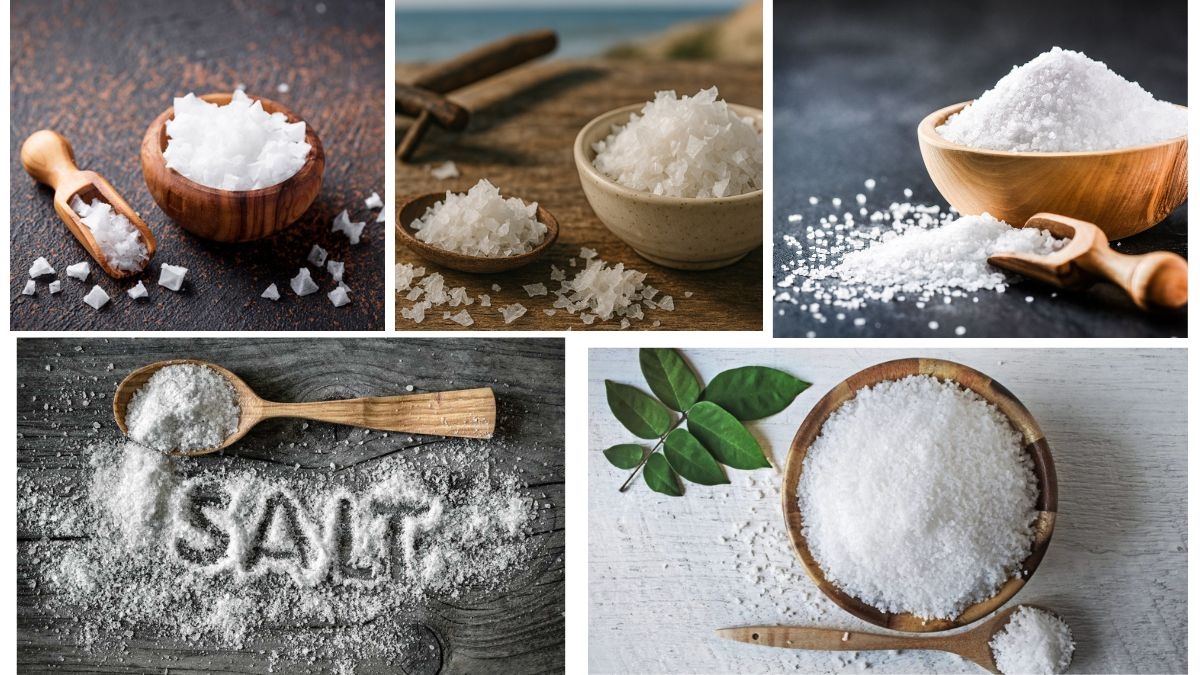



Leave A Comment